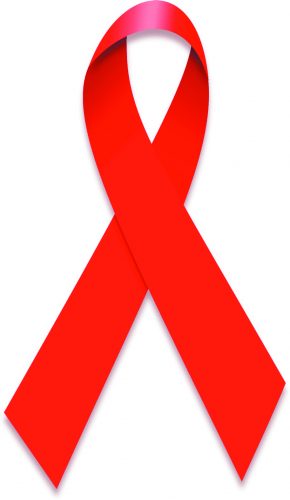Health
For More Than 30 Years, World AIDS Day Observed

By Leonard E. Colvin
Chief Reporter
New Journal and Guide
For over three decades, observances of World AIDS Day which lands annually on Dec.1 have highlighted the individuals impacted by the disease, the agencies supporting them and remembrances of those who have lost their lives to the deadly disease.
In 2019, the last year of the second decade of the 21st century, the theme for the World AIDS Day is “Ending the HIV/AIDS Epidemic: Community by Community.”
Each year the theme shines a light on the sustained, broad and collective responses from individuals and organizations to combat and prevent it from spreading and taking lives.
“Communities include peer educators, networks of people living with or affected by HIV, such as gay men and other men who have sex with men, people who inject drugs and sex workers, women and young people, counselors, community health workers, door-to-door service providers, civil society organizations and grass-roots activists,” according to World AIDS Day organizers.
This year the official World AIDS Day observation was on a Sunday ( Dec.1). But the network of Hampton Roads HIV/AIDS agencies led by the EVMS AIDS Resource Center scheduled their annual events December 6-7.
The local observance will be highlighted by the AIDS Walk starting at 10 a.m. from the EVMS campus to the headquarters of the youth advocacy organization, “Teens with a Purpose” at Church and Olney Road in the Huntersville section of Norfolk.
The Resource Center coordinates with three advocacy and support agencies: the International Black Women’s Congress (IBWC), Minority AIDS Support Services (MASS) and the LGBT Life Center
This foursome services individuals impacted by the HIV/AIDS on the Peninsula and South Hampton Roads in some of the most underserved, urban and densely populated areas of the region.
HIV stands for “human immunodeficiency virus,” a condition that weakens the immune system against infections and certain cancers by destroying or impairing the body’s immune cells.
AIDS stands for “acquired immune deficiency syndrome,” and is the most advanced stage of HIV and can develop any time between two and 15 years after infection if the person is not taking proper medication.
National attention was drawn to the diseases in the mid-1980s as Gay and Bisexual men began experiencing a rash of deadly chances and death in large urban centers such as San Francisco and New York City.
But according to experts tracing the evolution of the disease, it may have been around earlier.
On May 15, 1969, a Gay Black teenager died of a then-unknown illness in St Louis, Missouri. Before his death, 16-year-old Robert Rayford had developed Kaposi sarcoma lesions and other AIDS-related symptoms, according to an article on the online version of Newsweek Magazine.
However, it was not until 1987 that an autopsy revealed Rayford carried the virus, and he is now believed to be the first person to have died from AIDS in the U.S.
Recent national and local numbers show a slight ebbing in the HIV infection rate.
But according to the Centers for Disease Control (CDC), some 40,000 people a year contract the virus in the United States
One in 7 people – 15 percent – are unaware that they are infected.
A majority of people in all of the groups which are vulnerable to infection continue to be people of color, including African-Americans and Hispanics in the United States.
Straight women have long been one of the highly vulnerable group, due to their sexual contact with bi-sexual men who are engaging in unprotected sex with women or other men who have been infected.
But HIV/AIDS advocates locally and nationally, say that the transgender community has joined the list of groups who are vulnerable to infection.
Most of the cases are located in the southern region in the states of Florida, Georgia, and Louisiana. They have a high concentration of African-American residents.
In the Commonwealth, according to the most recent figures in the Virginia HIV Surveillance Annual Report, it indicated a slight drop in yearly infections from the 932 new cases in 2014 to 831 in 2018.
So far as age range, people between 20 and the mid-40s had the highest number of infections despite the dip in the numbers in that time frame.
But thanks to Viagara, older men whose sexual activities have been prolonged due to the drug, now are being impacted by the virus, according to health agency numbers.
The racial group with the highest number and rate of infections are African-American from 2014 to 2018, but figures dropped with the percentage dropping from 31 percent to 28.4.
Males having sex with other males (MSM) continue to represent the highest number of people contracting the virus from 2014-2018, but they dropped also.
People who inject drugs, heterosexuals and children had lower infection rates during those four years as well.
You may like


Norfolk’s 1st Black Commonwealth’s Attorney Passes After Long Illness


Gift-Giving & Sharing Good During Kwanzaa


Black Virginia Beach City Councilman Will Run For Mayor In 2024


Black History Month 2022 Addresses “Black Health, Wellness”


Black Press App Bundles U.S. & Global Black News


“Meeting” Va.’s 1st Black Woman State Legislator














